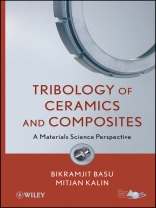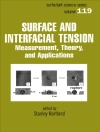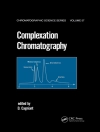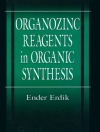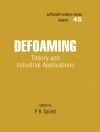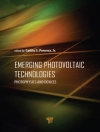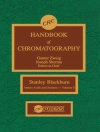This book helps students and practicing scientists alike understand that a comprehensive knowledge about the friction and wear properties of advanced materials is essential to further design and development of new materials. With important introductory chapters on the fundamentals, processing, and applications of tribology, the book then examines in detail the nature and properties of materials, the friction and wear of structural ceramics, bioceramics, biocomposites, and nanocera...
Mục lục
Preface.
Foreword.
About the authors.
Section I: Fundamentals.
Chapter 1. Interplay of tribology and material properties.
Chapter 2. Overview of various tribological ma...
Giới thiệu về tác giả
Bikramjit Basu, Ph D, is Associate Professor in the
Department of Materials Science and Engineering at the Indian
Institute of Technology Kanpur (on leave) a...
